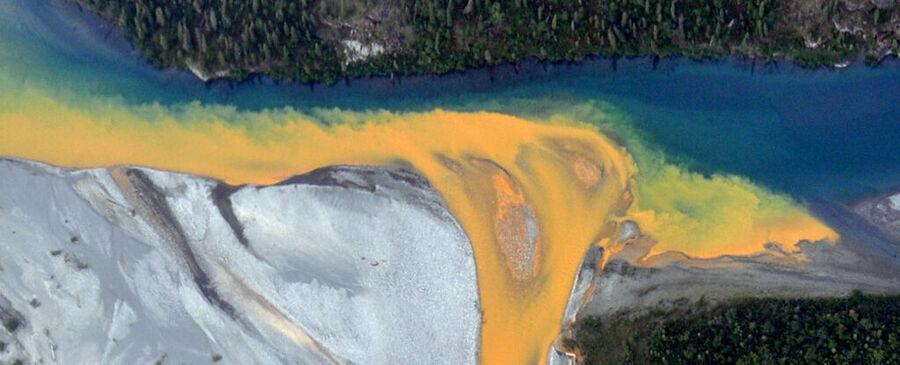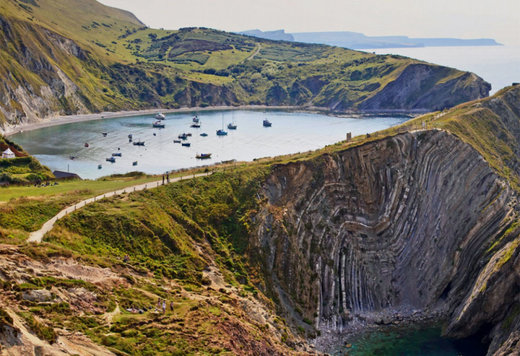"The stained rivers are so big we can see them from space," says University of California (UC) Davis environmental toxicologist Brett Poulin. "These have to be stained a lot to pick them up from space."
After first noticing the problem in 2018 from river banks and fly-overs, National Park Service ecologist Jon O'Donnell, Poulin and their colleagues used satellite imagery and public reports to identify over 75 remote streams recently tainted this unusual orange color, across almost 1,000 kilometers (1,610 miles) of Alaska's Brooks Range.
"There are certain sites that look almost like a milky orange juice," describes O'Donnell. "Those orange streams can be problematic both in terms of being toxic but might also prevent migration of fish to spawning areas."
Samples from some of these waterways collected between June and September 2022 contained high concentrations of iron and other toxic metals, including zinc, copper, nickel, and lead, when compared to nearby healthy streams. In some cases, these pollutants ramped up the water's acidity from the usual pH of 8 to 2.3.

Instead, by examining satellite imagery from 1985 to 2022, O'Donnell, Poulin and their colleagues determined this strange phenomenon has only been occurring during the last decade, and it coincides with warmer weather and increased snowfall.
"Our working hypothesis is that the thawing of permafrost soil is allowing water to infiltrate deeper and interact with minerals that have been locked away for thousands of years," explains Poulin.
Comment: That's possible; but since there's no evidence for global warming - quite the contrary - could it be that any thawing is geothermal? Note that they don't claim there is evidence of the increased melt of permafrost. Could it be a result of the increased snowfall, and resulting snow melt and runoff?
The Arctic is warming about four times faster than the rest of our planet. That extra heat melts frozen ground, increases microbial activity, and causes 'shrubification' - with those new roots further disturbing the soil. Together these processes are exposing the previously protected minerals to weathering and displacing them into watersheds.
Comment: And yet the data shows that Arctic sea ice extent is higher than in 1995 - see comment below.
"Climate change and associated permafrost thaw appear to be the primary drivers of stream impairment," the researchers conclude. "Stream discoloration was associated with dramatic declines in macroinvertebrate diversity and fish abundance."
This change in water chemistry due to acid rock drainage threatens not only wildlife but local people who rely on these streams for drinking water and subsistence fishing.
O'Donnell and the team are continuing their investigation in the hopes of understanding the broader ecological impacts for the region and working out when and where the toxic orange taint will strike again.
"There's a lot of implications," explains O'Donnell. "As the climate continues to warm, we would expect permafrost to continue to thaw and so wherever there are these types of minerals, there's potential for streams to be turning orange and becoming degraded in terms of water quality."
Their research was published in Communications Earth & Environment.




Comment: Volcanic activity in and around Alaska may be increasing, and, in turn, it's possible that so is geothermal activity - as also seems to be the case elsewhere on the planet: